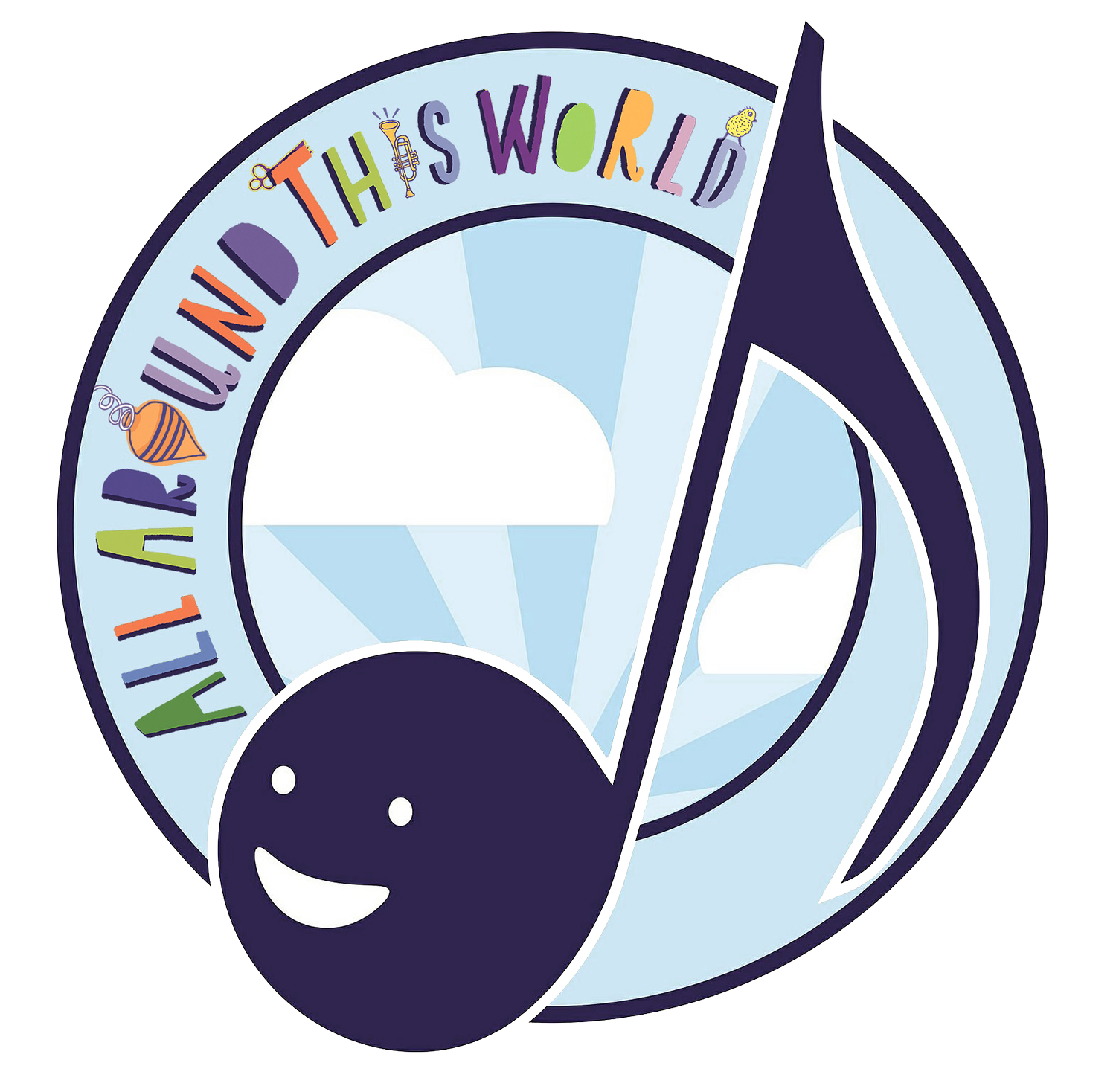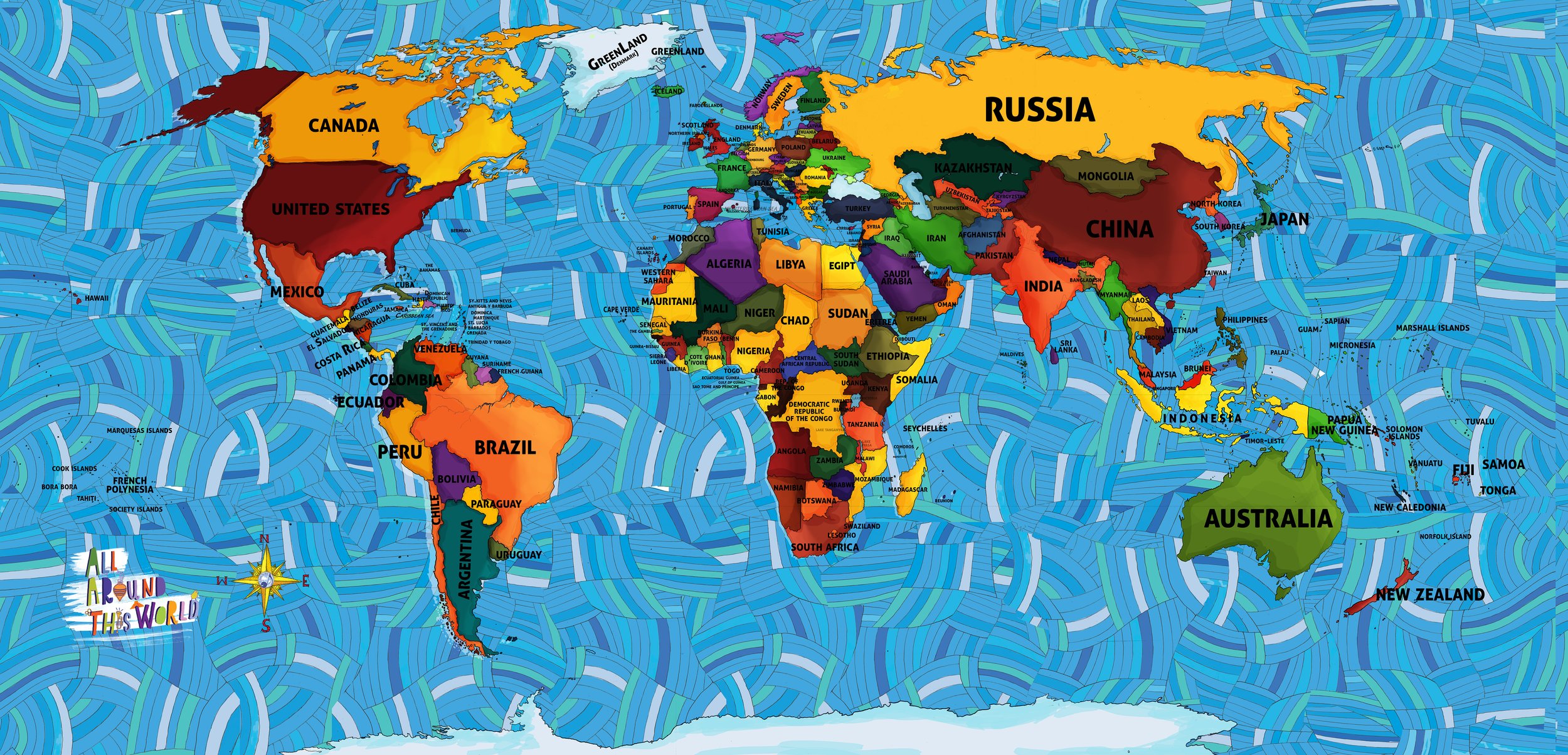wEST ASIA AND
The MIDDLE EAST ISRAELIS/PALESTINIANS
This week's lesson takes us to the an intensely complex and conflict-ridden part of the intensely complex and conflict-ridden Middle East--Israel. Or, because we want to explore both Jewish and Arab music and culture in and around the nation of Israel, should we say, "Israel and the Occupied Territories?" Or, is "Occupied Territories" the appropriate term? The United Nation uses "Occupied Palestinian Territories" when discussing the West Bank, Gaza and the contested parts of East Jerusalem. Is that right? Or, should we say, "Israel and Palestine," even though "Palestine" doesn't technically exist as a sovereign state. So maybe we should say "Palestinian Territories...?" But what of the Israeli settlements in the West Bank? And what of the highly contested parts of East Jerusalem...? We haven't even survived a paragraph without twisting ourselves in uncomfortable knots. ENOUGH! Our task at hand is to look beyond the many things that separate people in the region and focus on the many things that unify them....like DANCING.
The primary Palestinian folk dance is the dabke, which is centuries old. No one really knows the dabke’s origins, though one tradition explains that the dance began in a region where houses were built of stone walls but had roofs made of wood, straw and dirt.
Workers and neighbors would stomp the dirt with their feet to compact it, singing “Let’s go and help.” This helpful, communal verse developed into a song called, “Ala Dal Ouna” and formed the backdrop for the dance.
Unlike most folk dancing from around the world, which draws upon centuries or more of tradition, Israeli folk dancing–much like Sheirei Eretz introduced above–originated in the mid 20th century as a conscious element of Zionist settlers’ mission to unify multicultural Jewish immigrants into one “people of Israel.” Settlers and their descendants choreographed dances that touched upon religious issues, celebrated the land of Israel as a Jewish homeland and celebrated the communal nature of the settlers’ work. (Want to know where to go for an Israeli dance class near you? Visit IsraelDances.com for a country by country guide.)
IN CLASS WE…
EXPLORE WEST ASIA AND THE MIDDLE EAST WITH…
-

-
DANCES, HOLIDAYS AND FUN!

WEST ASIA AND
THE MIDDLE EAST
LESSON 11: ISRAELIS/PALESTINIANS.
ALL AROUND THIS WORLD’S SONGS AND LESSONS
Click on the map to meet any region of the world.



